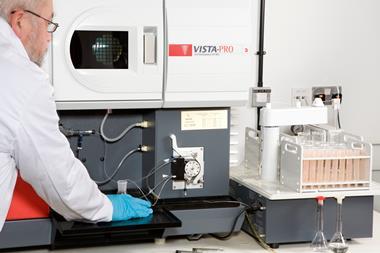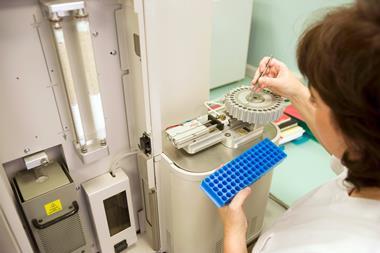
The unique chemical signature of a tyre based on its elemental composition could help forensic scientists connect a car to the scene of a crime. The discovery could become a new tool to examine tyres and their residues, which have often been overlooked in car crash and crime scene investigations.
‘This would provide incredible additional information to law enforcement and forensic labs that rely on traditional skid mark analysis to mostly determine speed and energy provoking the accident,’ explains University of Central Florida chemistry professor Matthieu Baudelet, whose team conducted the study. He says some signs of abrasion on tyres can help forensic specialists, but knowing their chemical composition could link a tyre to a skid mark on the road. That is especially useful in cases such as hit and runs or accidents involving multiple cars.
Baudelet’s team used laser-induced breakdown spectroscopy (Libs) to analyse 34 samples from tyres’ tread. The technique focuses a high-intensity laser pulse onto a surface, creating a luminous plasma that then emits light according to its chemical composition.
As the breakdown and ionisation are not specific to an element or a particular material, Libs can potentially reveal every element in the periodic table that could be present in any sample, whether a gas, liquid or solid, Baudelet says.
All tyres have their own chemical signatures and unique, corresponding skid marks. Tyres are mainly made of a mixture of rubber that is hardened by vulcanisation, which involves cross-linking the chains of polymers together with some additional chemicals such as sulfur or zinc oxides. Oxides of other elements, such as silicon, calcium and iron, are also added to tyres for stabilisation and performance. This means each tyre model is chemically distinct from any other.
However, Baudelet acknowledges that one major challenge that remains is to determine more clearly how elements on the road like oil, rainwater and other vehicles interfere with and change the chemical signature of a tyre. ‘Elemental analysis is powerful but is very sensitive to any interference unless we prepare the sample right for analysis,’ he explains. To better understand this, Baudelet and his team have been building a machine to recreate skid marks on road materials. Working with a civil engineering colleague and his students, they will soon be able to test the effects of oil, pollution and road materials on a tyre’s chemical signature.
Vincent Motto-Ros, a professor at the Light Matter Institute in France, who has expertise in Libs, calls the study ‘very original and innovative’. He says it demonstrates the capability of this technique to identify and classify tyre rubber. ‘This is one of those applications that really pushes the technique to the forefront and shows that it has great potential for the various analytical needs of the forensics community,’ Motto-Ros tells Chemistry World.
References
J Lucchi et al, Appl. Spectrosc., 2021, DOI: 10.1177/0003702821995585

















No comments yet